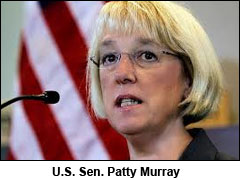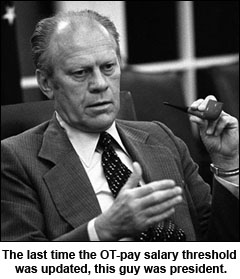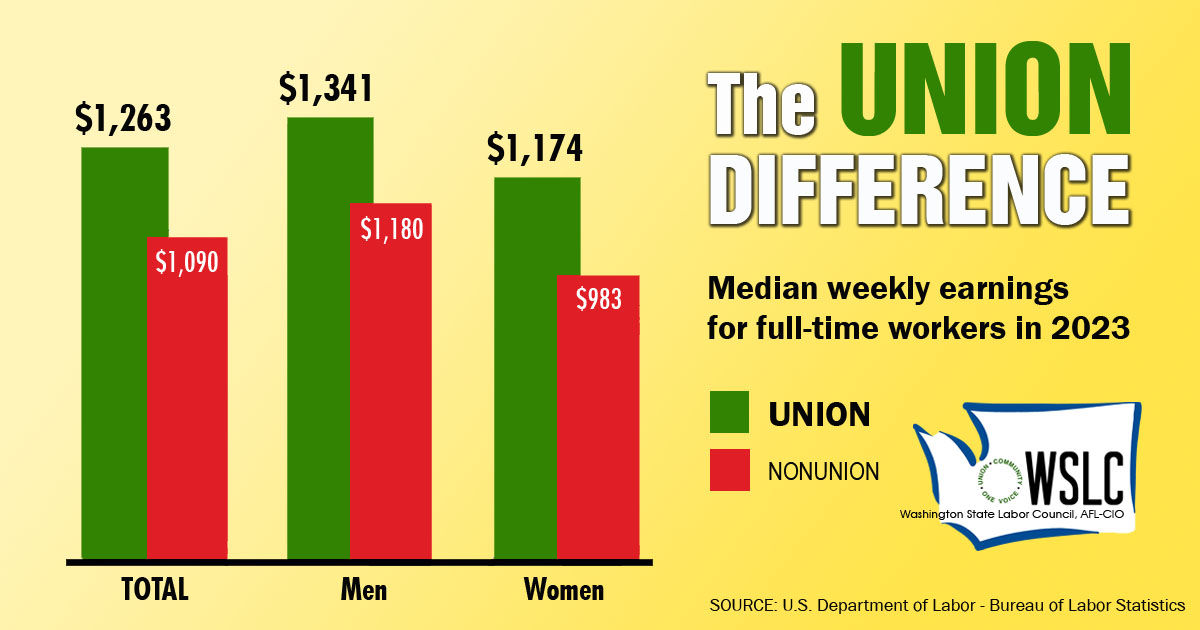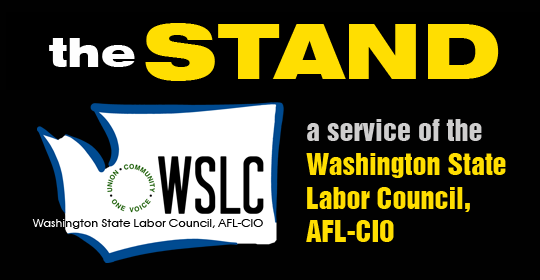NATIONAL
New overtime pay rule will mean raises for 4.2 million Americans
 WASHINGTON, D.C. (May 18, 2016) — At the direction of President Barack Obama, the U.S. Department of Labor today unveiled new rules that will make millions more American workers eligible to receive overtime pay, effective Dec. 1, 2016.
WASHINGTON, D.C. (May 18, 2016) — At the direction of President Barack Obama, the U.S. Department of Labor today unveiled new rules that will make millions more American workers eligible to receive overtime pay, effective Dec. 1, 2016.
In total, the new rule is expected to extend overtime protections to 4.2 million more Americans, and boost by $12 billion over the next 10 years, according to the DOL. They added that the rule will more effectively identify which white collar workers are covered and owed time-and-a-half for work beyond 40 hours in a week.
The new rule will:
- Raise the salary threshold indicating eligibility from $455/week to $913 ($47,476 per year).
- Automatically update the salary threshold every three years, based on wage growth over time, increasing predictability.
- Strengthen overtime protections for salaried workers already entitled to overtime.
- Provide greater clarity for workers and employers.
The final rule will become effective on December 1, 2016, giving employers more than six months to prepare. The final rule does not make any changes to the duties test for executive, administrative and professional employees.
 “In this country, hard work should pay off, and when workers put in extra hours on the job, they should be paid fairly for it,” said Sen. Patty Murray (D-WA). “But far too many Americans have been working longer and longer hours without being fairly compensated, as businesses take advantage of weak, inadequate and outdated overtime rules. These updated worker protections will make a meaningful difference in the lives of millions of workers and their families across the country and in my home state of Washington. Strengthening basic worker protections like this will help our economy grow from the middle out, not the top down and will help ensure our economy works for everyone, not just the wealthiest few.”
“In this country, hard work should pay off, and when workers put in extra hours on the job, they should be paid fairly for it,” said Sen. Patty Murray (D-WA). “But far too many Americans have been working longer and longer hours without being fairly compensated, as businesses take advantage of weak, inadequate and outdated overtime rules. These updated worker protections will make a meaningful difference in the lives of millions of workers and their families across the country and in my home state of Washington. Strengthening basic worker protections like this will help our economy grow from the middle out, not the top down and will help ensure our economy works for everyone, not just the wealthiest few.”
In a statement released this morning, AFL-CIO President Richard Trumka said: “The fight for even stronger overtime protections and to raise wages for all working people continues. But today, millions of workers will receive a long overdue raise, healthier and more productive jobs, and more time to spend with our community and loved ones.”
Courtesy of AFL-CIO Now, here are seven things you need to know about the new rule:
1. The middle class needs a raise.
Working families are struggling to pay the bills and the middle class is shrinking. Working people have helped corporations rack up record profits, but we are not sharing in the benefits.
2. Restoring overtime is necessary to ensure that working people get paid for all the hours we work.
One of the reasons why paychecks keep falling behind is because too many people can be forced to work overtime at no extra pay. Under the new rules, more people will get paid time-and-a-half whenever we work more than 40 hours in a week.
3. Restoring overtime will give millions of families a pay raise.
Restoring overtime is the single most significant step the administration can take to boost wages for working people. If the new rules are what they are rumored to be, 4.8 million people will be newly eligible for overtime pay and another 7.6 million people who are already eligible will be able to prove their eligibility more easily. Restoring overtime will help working families climb the economic ladder and break into the middle class—especially women, African Americans, Latinos and millennials.
4. Restoring overtime will create jobs and increase the hours for people who work part-time.
Even opponents of restoring overtime admit it will create more jobs. To get around paying time-and-a-half, many employers will choose to hire new employees — or allocate more hours to their part-time workers — and pay them straight time.
5. Restoring overtime will help the economy grow.
Restoring overtime will put more money in the pockets of working people, and we will spend that money in our communities and set in motion a virtuous circle of more investment and more hiring. It’s working people, not the wealthy few, who drive economic growth.
 6. Overtime protections have eroded since 1975.
6. Overtime protections have eroded since 1975.
The whittling away of overtime protections is one of the ways the rules of our economy have been rewritten to favor corporations over working families. Even with these new rules, the share of people who are automatically eligible for overtime pay (regardless of their job duties) will still be lower than it was in 1975.
7. Restoring overtime will give people more time away from work.
There is overwhelming evidence that overtime protection is effective in preventing overly long work days. Under the new rules, fewer people will be forced to work long overtime hours for no extra pay. Reducing excessive hours will make working people healthier and more productive.





